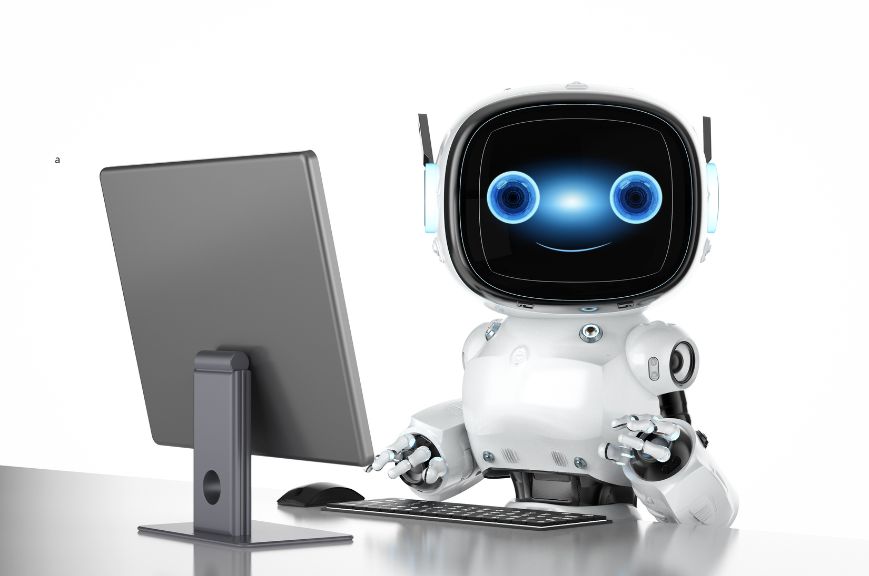In the current scenario of accelerated digitalization, there is a growing race among companies for solutions that make customer service faster, more efficient, and cost-effective. Among the most widely adopted tools are chatbots and artificial intelligence (AI) agents, which are technologies often confused but have distinct functions and different outcomes.
Automation expert Luciana Papini explains the differences between the two approaches, the risks of misuse, and how to strategically combine them to scale customer service without compromising the consumer experience. “Many companies confuse chatbots with AI. This compromises the strategy. Each tool has its role, and knowing where to use each one prevents waste and increases returns”, she states.
What are chatbots and AI agents?
Chatbots are rule-based programs. They respond to specific commands, such as “business hours” or “duplicate invoice,” based on pre-configured frequently asked questions. Simple, fast, and low-cost, they are ideal for repetitive and structured tasks.
AI agents, on the other hand, go further. They use techniques like natural language processing (NLP), machine learning, and contextual analysis to interpret messages, adapt responses, and learn over time. This enables more human-like service, capable of handling multiple scenarios and language variations.
“If a chatbot operates with a script, an AI agent works with intelligence. It recognizes patterns, identifies intentions, and improves the user experience with each interaction”, explains Papini.
When to use each?
The choice between the two depends on the complexity of the process. According to Luciana, standardized and low-variation workflows, such as balance inquiries, order status, or contact information, work very well with chatbots. Situations requiring context interpretation, personalized responses, and understanding multiple intentions call for AI agents.
She warns that the most common mistake companies make is wanting to apply AI to simple tasks or trying to solve complex problems with just a chatbot. “Poorly applied AI is expensive. Overusing chatbots frustrates customers. The ideal is to intelligently combine both solutions, creating a seamless journey for the user and efficiency for the business,” she points out.
Results for companies
According to McKinsey, companies integrating AI and automation into customer service report, on average, a 20% increase in productivity and up to a 30% reduction in operational costs. Among the benefits are:
- Reduction in average handling time
- Improved consumer experience
- Optimization of the support team
- Increased sales conversion rate
- 24/7 availability, without additional cost
These advantages, according to Luciana, are not limited to large companies. “Even a micro-entrepreneur can start with a simple chatbot on WhatsApp. The important thing is to have clarity about the objective and choose the right tool”, she states.
Projections from the International Data Corporation (IDC) indicate that by 2026, 75% of large companies will adopt AI integrated with automation for real-time decisions. However, this advancement requires technical preparation. “The automation manager needs to understand how AI fits into workflows, how it can improve the customer journey, and how the generated data guides business decisions. It’s an increasingly strategic role”, she concludes.


